
Journalism tutorial: 8 tips for a successful interview
Discover some practical tips for conducting journalistic interviews in any format professionally
This space is dedicated to the art of the written word. Discover all kinds of tips, resources, and projects focused on writing.

Discover some practical tips for conducting journalistic interviews in any format professionally

Writing children's stories is an act of creation that goes beyond words. Here are five tips for planning characters and places that will captivate the little ones.

Looking for a clear definition of hyperbole? Look no further - this post breaks down the concept and provides real-life examples to help you understand this rhetorical and literary technique.

Discover the 9 essential books to read on Halloween and immerse yourself in their terrifying stories.

Explore the art of haiku poetry: Discover its history, unique format, and immerse yourself in examples from renowned poets.

Discover tricks to overcome a creative block when writing a text, with Cristina López Barrio
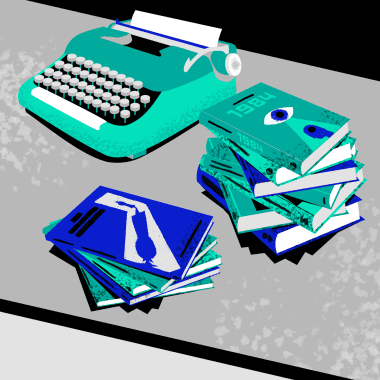
Discover the characteristics and differences that define a novel and a short story and find out which is the best fit for your writings

Unlock the magic of language! Dive deep into 'What is a Metaphor?' and explore its types & vivid examples. What is a metaphor? A metaphor is a figure of speech that is used to draw a comparison between two things that are not literally related. It is a way of expressing an idea or concept by equating it with something different, often in a poetic or creative manner. Metaphors are a fundamental aspect of the English language and are commonly used in everyday speech, literature, and creative writing. They help to convey complex or abstract concepts in a more vivid and memorable way by creating a visual image or association in the reader's mind.

Do you want to improve your writing skills? Sign up for our copywriting courses and learn how to use words to increase your sales.
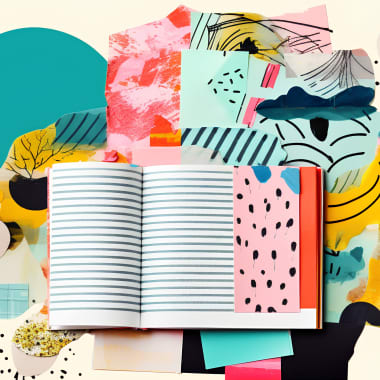
If you still don't know what alliteration is, find out with these clear examples.
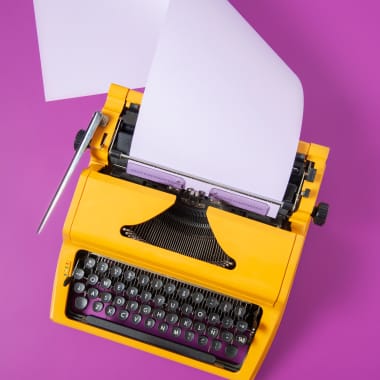
Immerse yourself in the world of literary devices. Learn about the different types of literary devices and their powerful impact on storytelling. Literary devices are stylistic tools that writers use to embellish and enrich their texts. These elements add depth, beauty, and meaning to works and also allow them to better connect with readers.
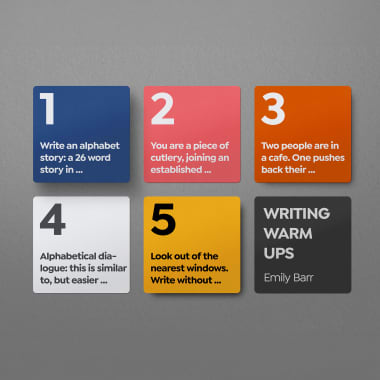
Unlock your creativity now! Get your free writing warm-up exercises. Supercharge your writing skills today!

Mastering the Art of Profile Writing: From Research to Interviewing Techniques.
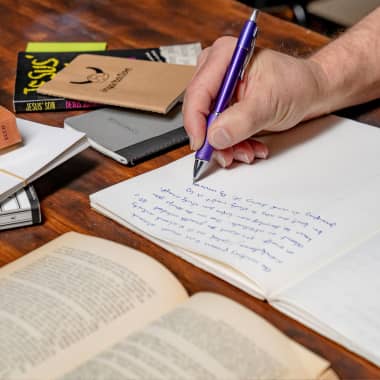
I’m often asked whether a writer should plan their novel, or how they should plan their novel, or, if they plan their novel, how much they should plan their novel, and many other questions about planning, pantsing (writing by the seat of your pants), and “plantsing” (somewhere in between planning and pantsing).
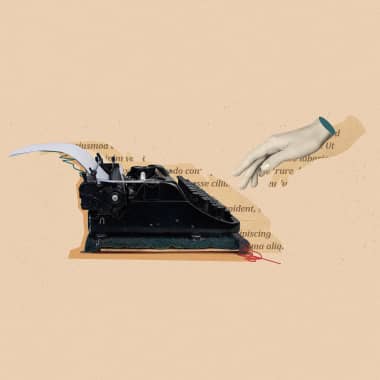
Whether you're a beginner or a seasoned writer, these are the 23 books you shouldn't miss reading. Immerse yourself in the world of words.
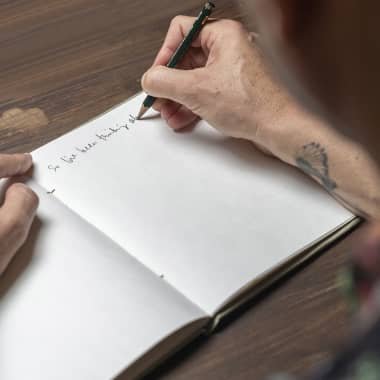
Do you want to overcome writer’s block and never be short of ideas? Check out this guide shared by Shaun Levin Author and creative writing teacher Shaun Levin (@shaun_levin) will tell you that writing needs no preparation, and that there are endless narrative options available to you when writing a story. In creative writing, all you need is a pen or a pencil and paper to get started. You can immediately start writing about the first thing that comes to mind, for example, what you did today, however exciting that may have been.

Poetry, a genre that captivates with its beauty and emotions, holds a special place in literature. This article explores the essence of poetry, delving into its characteristics, types and origins. Join us on this poetic journey as we unravel the depths and significance of this writing form. What is Poetry? Poetry is an enchanting realm of artistic expression that penetrates the depths of human emotions and unveils profound thoughts. It serves as a channel through which individuals can navigate the intricate landscapes of the human experience. Definition of Poetry Defining poetry is akin to capturing the intangible essence of beauty. It is a genre of literature that defies conventional boundaries, encompassing a myriad of styles, forms, and thematic explorations. Poetry transcends the limitations of straightforward prose, weaving together words, rhythm, and imagery to create a tapestry of emotions, experiences, and perspectives.
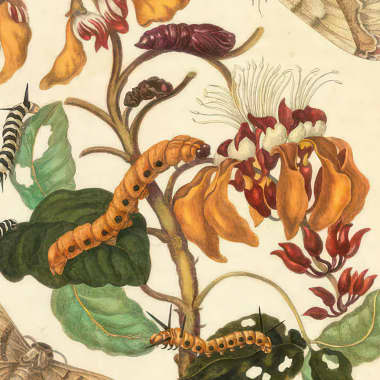
Looking for the top scientific illustration books to add to your collection? Explore the fascinating world of scientific illustration with these must-read titles.
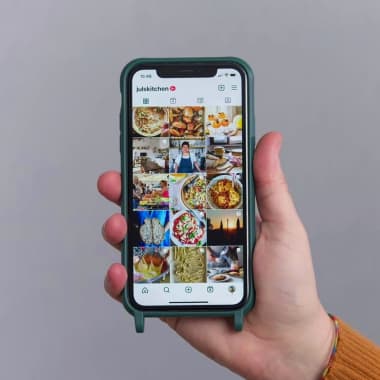
Jul's Kitchen shares her best tips on sharing content on Substack Giulia Scarpaleggia, the founder of Jul's Kitchen, is a passionate food blogger and cookbook author. She firmly believes that good food is meant to be shared, and she is always looking for new ways to connect with her readers and fans. In this video, she shares some tips on how to use Substack to create a successful cooking newsletter. To take her full Domestika course, check out Food Writing: Share Home Recipes with The World. According to Giulia, the first step to creating a cooking newsletter is to start sending quality content, even if there are just a few people on your list. Don't wait until you have a large following to begin sharing your content. Begin with just a few subscribers, and grow your list over time. The most important thing is to be regular and consistent with your newsletter. This means respecting people's time and inbox, and only sharing your best content. One of Giulia’s key pieces of advice is to test your recipes before sharing them in your newsletter. This ensures that your readers are getting high-quality recipes that have been tried and tested. It also allows you to make any necessary adjustments before publishing your recipes. Testing your recipes is an essential step in creating a successful cooking newsletter.
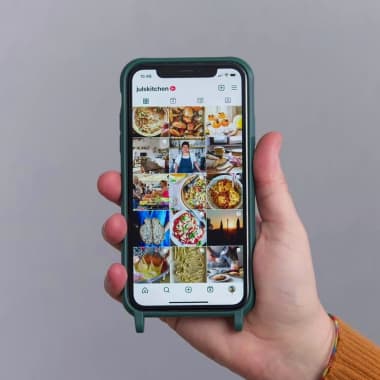
Discover insider tips and tricks to capture stunning photos of your dishes with this food blogging and photography tutorial
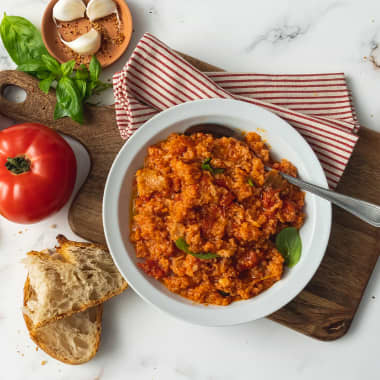
Giulia Scarpaleggia from Jul's Kitchen talks about her recipe writing process and where she gathers inspiration

ChatGPT is trending due to its ability to generate text through artificial intelligence. However, you may be looking for alternatives to this tool, especially when it is saturated or doesn't suit your specific needs. Throughout this article, we will explore some of the best ChatGPT alternatives, such as Google Bard, Bing Chat and Socratic. Let's get to know them!
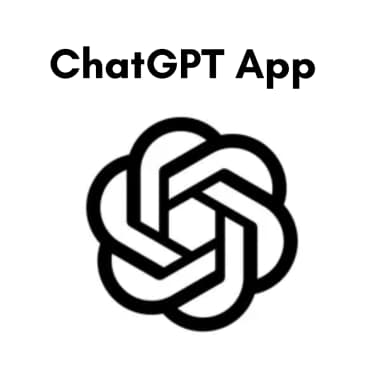
OpenAI's ChatGPT, the artificial intelligence tool that expands the horizons of creativity and interactive learning, is now available in its own App for iOS. The app, unsurprisingly, has been designed by the innovative OpenAI, and offers a new way to interact with AI technology on your cell phone natively. It is currently available for free for iOS, promising to demolish paid apps that allow you to use ChatGPT on your mobile.

Explore the power of symbolism in literature, its importance, and how it adds depth to narratives
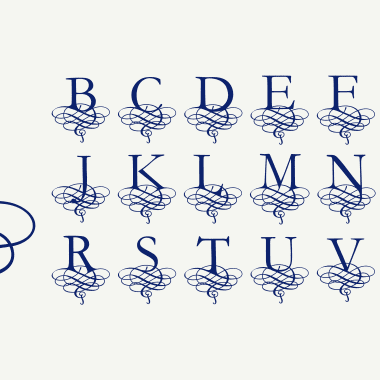
Are you in search of a way to create elegant script? Consider these top calligraphy creation tools, or embark on the journey of crafting your own calligraphy.
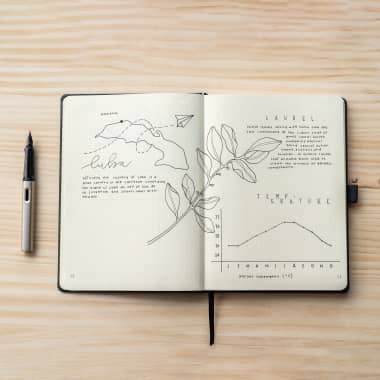
Journaling is the practice of writing down your thoughts, feelings, and experiences in a notebook or journal. While it may seem like a simple activity, the benefits of journaling are huge. Here are nine ways you can benefit from journaling:
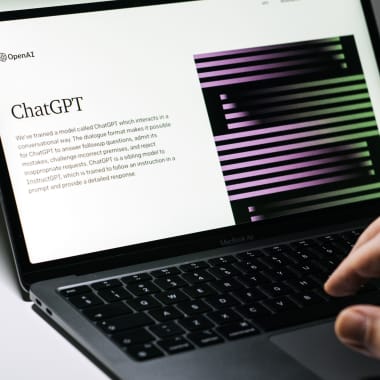
Discover the key features and applications of ChatGPT to create a variety of written texts using artificial intelligence How are chatbots and virtual assistants like Siri, Alexa, and Google Assistant able to understand what you’re saying? These AI-powered tools are built on models that enable them to understand language and generate human-like responses. One increasingly popular format is ChatGPT. In this article, we'll investigate how it really works along with some tips for getting the best results.
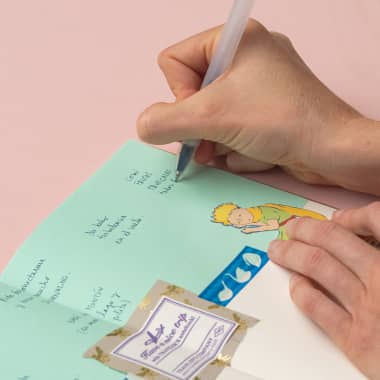
Discover different writing styles to level up your communication and captivate your audience through words Your writing style says a lot about you as a creative. Depending on the one you opt for, it also has the power to inspire powerful emotions and actions in your readers. From persuasive to narrative and expository, we take a look at five of the most common forms of writing, along with how you can put them into practice to reach your creative goals. You don’t need to be an experienced writer to apply these methods. Below, you’ll find courses taught by leading professionals that are designed to help you to express yourself from scratch. 1. Creative writing In theory, creative writing applies to all the styles on this list but, for Shaun Levin, it refers to writing about topics you’re passionate about. He teaches creative writing in colleges, schools, and art galleries alongside publishing works like Alone with a Man in a Room, Seven Sweet Things, and Snapshots of The Boy. Shaun shares practical exercises you can do to enhance your creative writing in his course, Creative Writing for Beginners: Bringing Your Story to Life. Explore ideation, perspective, narrative styles, materials, observation, and beyond to sharpen your skills as a writer and bring your interest to life on the page.
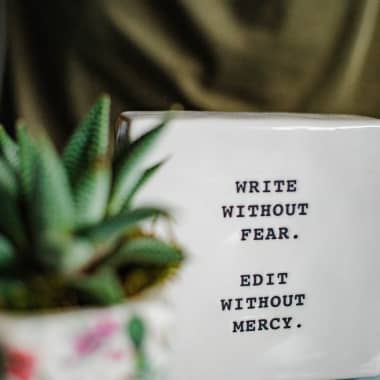
Starting out in creative writing can be a daunting task, with many writers struggling to know where to begin and how to improve their skills. However, there are plenty of exercises that can help you develop your writing abilities and bring your ideas to life on the page. With practice and persistence, you can turn your thoughts and imagination into beautiful works of art through creative writing.

Follow these steps to create stand-out content that reaches your target audience and converts them into loyal consumers Content creation is an essential part of any brand’s marketing strategy. From blog posts and social media to video content and web pages, this content can take many forms and allows a company to reach new potential customers as well as build mutually-beneficial relationships with existing ones. But, content created without a purpose is far less likely to achieve those results. That’s where a content strategy comes in. These six steps are designed to help you create intentionally to convert potential customers into paying clients.